Strange Facts About Americans During Prohibition
Americans during Prohibition really struggled to get their boozing done. How creative they got might shock you.
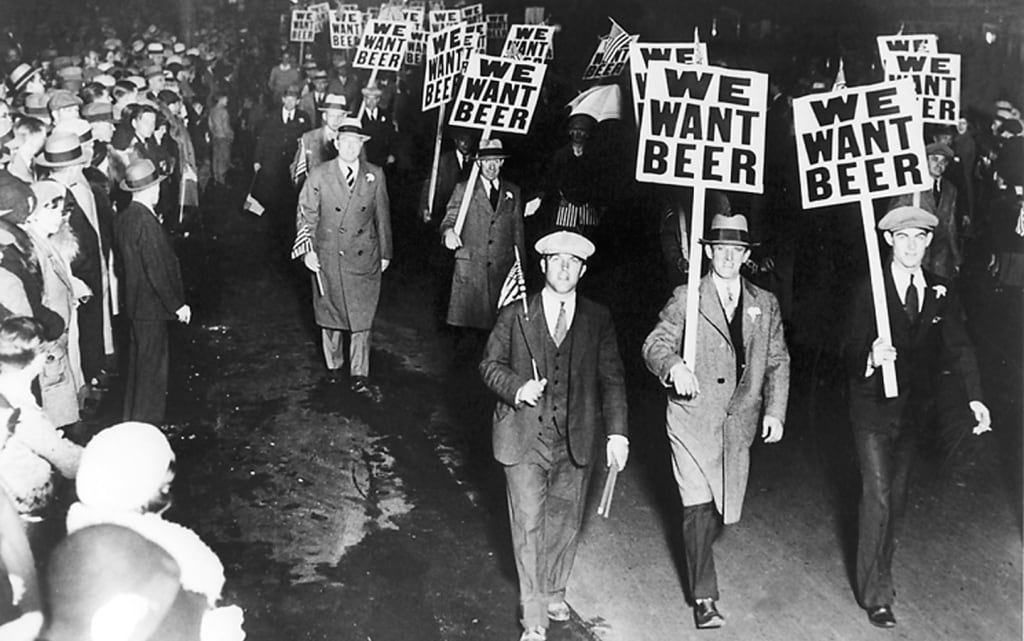
The lives of Americans during Prohibition weren't easy. After all, life without alcohol isn't very easy - and people really, truly do love their liquor. How much Americans loved their booze really came through during the Prohibition Era.
During this small span of time, Americans went out of their way to get drunk, find booze, and skirt the law. Here are some of the stranger facts about Prohibition you might not know.
Technically, it was never illegal to drink during Prohibition.
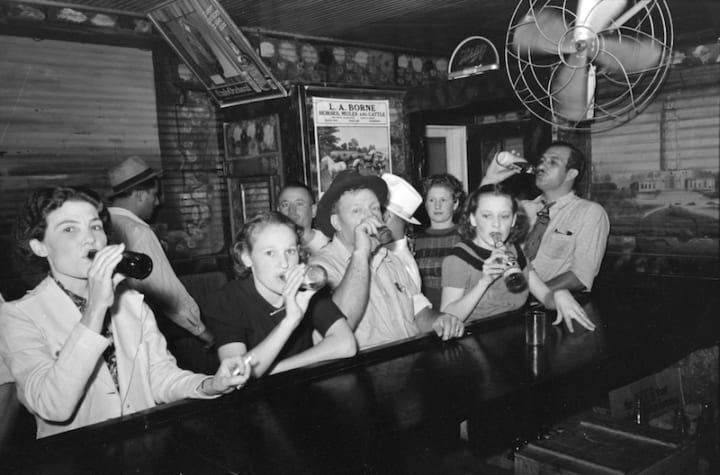
However, the laws that were established during Prohibition made it illegal to sell, transport, or make alcohol. This left pharmacists and doctors the right to prescribe alcohol as a cure, which probably made them the most popular guys in town.
Anyone who was caught selling liquor, transporting liquor, or making it was jailed. The only exception was in pharmacies, which is how Walgreens got its popularity boost.
Interestingly enough, the bills that put Prohibition into action weren't always enforced. States actually had the option to refuse to enforce these laws. So, despite it being a "dry nation," there were many places where you could still drink without fear.
Prohibition is the reason why gangsters gained so much control.
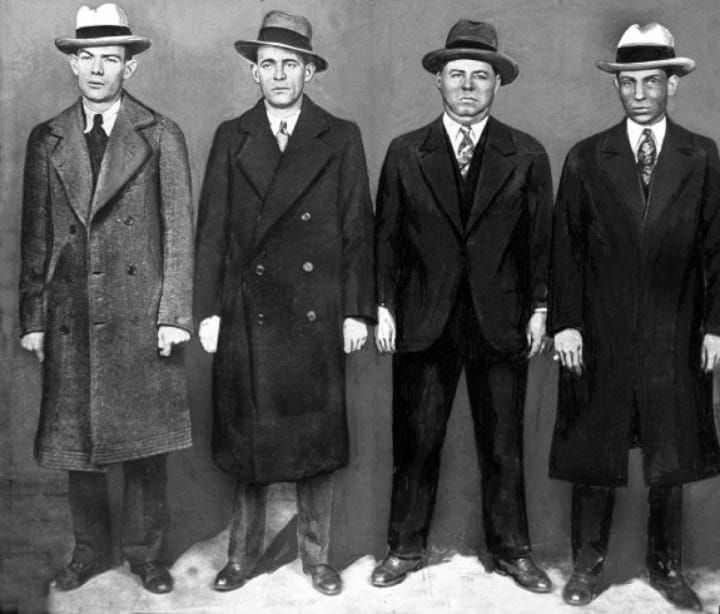
A lot of people don't realize that old school didn't really have much of a racket outside of selling liquor and racketeering back in the old days. Al Capone, one of the most famous gangsters to ever live, made almost all his money over the creation, transport, and selling of alcohol.
Capone's mob-run bootlegging bid made him a grand total of $60 million per year. (In modern money, that would be $630 million per year.) It's almost as if making an enjoyable substance illicit makes a black market develop for it...
The American government, in an attempt to dissuade people from drinking alcohol, would poison supplies they had found.
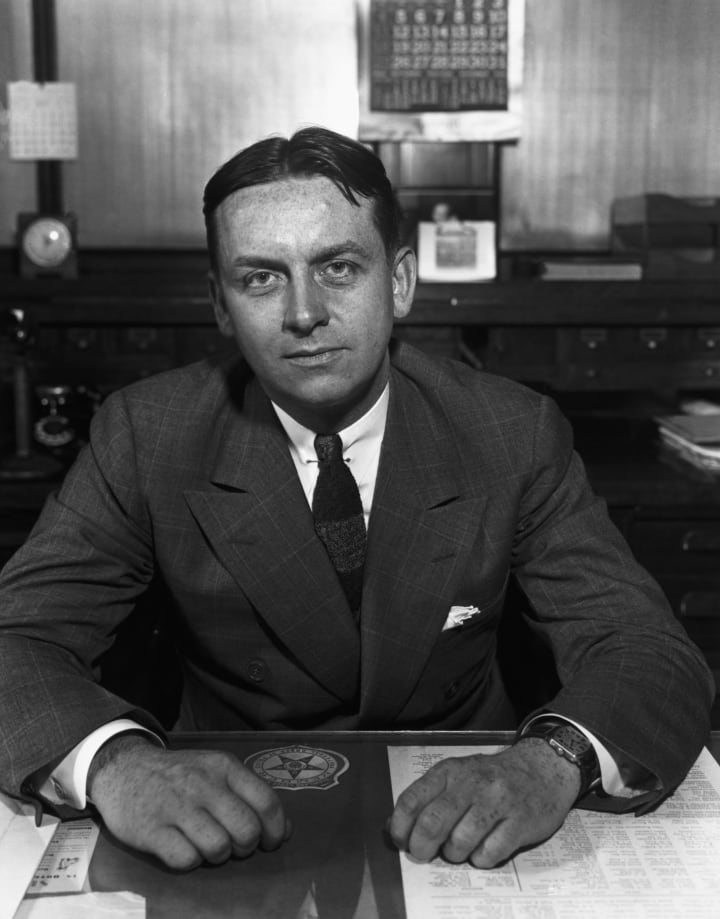
According to historical records, around 3,000 people died because of the poisons that police officers placed in alcohol. Considering that this tactic happened in the "good ol' days," it wouldn't be too surprising if something similar were to happen today with some of the currently banned drugs.
History could repeat itself, right?
Prohibition supporters gained a lot of clout due to the global outlook during World War I - even though this wasn't the first time that American states banned alcohol.
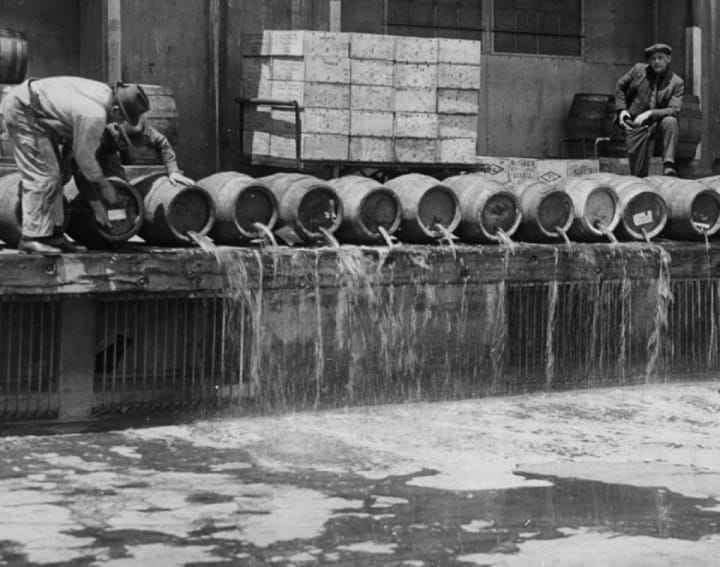
One of the biggest ways that Drys would try to convince politicians to ban alcohol production in the states was to tell them that the wheat, grapes, and barley used to make liquor was better suited to feeding the troops who were fighting the war. Being patriotic, most politicians felt they couldn't say no to that request.
Moreover, since Americans during Prohibition were constantly concerned with the threat of the Germans, the fact that the beer industry was almost all-German didn't really fare well.
That being said, many people who wanted the Prohibition movement to happen also knew that the US had tried this tactic before - and failed to have it stick yet again. It seems like some folks never really learn.
Most people were totally sure that Prohibition would lower crime, reduce domestic violence, and reduce corruption.

Back prior to the Prohibition Era, people linked alcohol with domestic abuse, corruption, violent crime, and other problems. After laws were passed, some towns even sold their jails because they thought they wouldn't need it now that the demon of alcohol had died.
However, the ironic thing is that corruption, crime, and social problems actually skyrocketed during this time.
Speakeasies were really easy to spot, and got their name because you'd have to speak a password in order to get in.
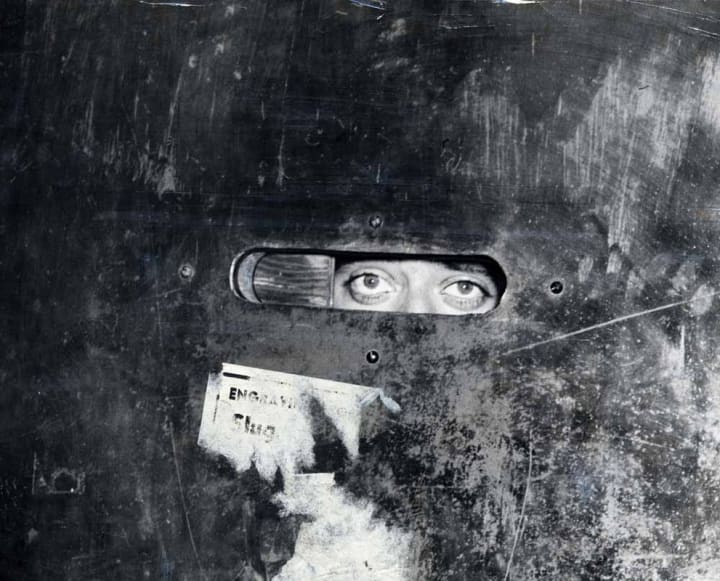
Most people in town were able to find speakeasies thanks to a number of universal signals. The most obvious way to find a speakeasy was to look for a green door - suggesting that the place "greenlit" debauchery and drinking inside.
Another common sight to see would be buildings with a "blind pig" display. Here, speakeasy owners would buy a small animal to sit in the room. People would pay an "entry fee" to see said animal. Guess what - every "entry fee" you'd pay would come with a free alcoholic beverage!
Because of the way that the laws were written, this was a quasi-legal way to sell liquor. Blind pig rooms became a more acceptable, legal-ish subset of speakeasies by the middle of this era.
Speakeasies were incredibly popular during Prohibition. According to some historians, New York City alone had over 30,000 speakeasies within the city limits. Chicago's most famous speakeasy still lives on today as The Green Door.
Most people still brewed beer at home, even though cops were chasing around people who had moonshine.
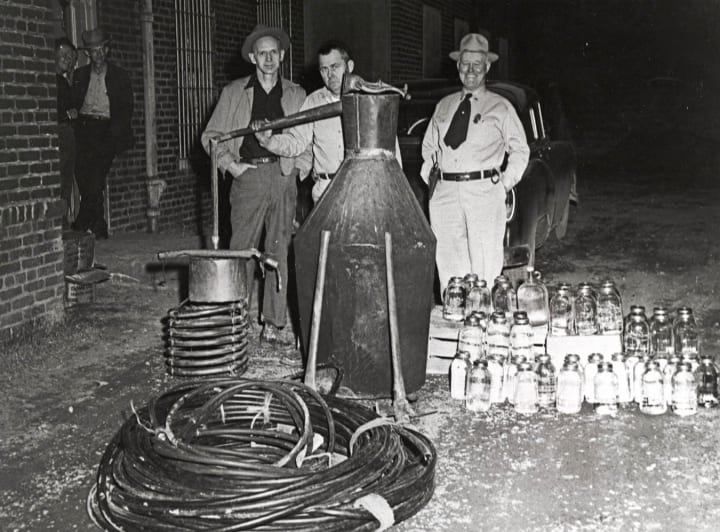
Moonshine may have become the de facto favorite to discuss among law enforcement or historians, most people ended up having beer as their drink of choice. All the ingredients were (and still are) legal, and brewing beer only takes a couple of days.
This was totally alright, since it was perfectly legal to drink at home. This is why president Warren Harding was always known for his afternoon tipple - despite Prohibition being in full swing.
Cocktails became popularized during this time.
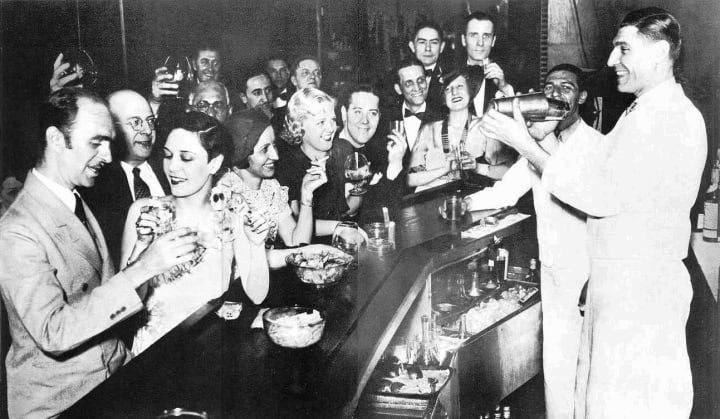
Most of the liquor that was created during this time was known as "bathtub gin," primarily because mobsters would make it in a bathtub-style still. It was insanely foul, acrid stuff that would even make a man like John Wayne gag at times.
To mask the awful taste of the liquor, speakeasy bartenders would mix the gin with juice and other ingredients. The way people would order it was simple - they'd just ask for a "gin and juice." These cocktails are what brought about the popularity of mixed drinks shortly after Prohibition ended.
In some cases, this led to people getting creative with cocktails and making great ones still enjoyed today. Popular cocktails that had gained popularity aside from the obvious included the Mary Pickford, the French 75, and the Bee's Knees.
That being said, it took a very, very long time to actually get mixology to the level it's currently at. One only needs to look at 80s fern bars to see how far we've come.
Alcohol producers were very crafty when it came to selling their alcohol.

Beer sellers would sell "near beer," which is now known as non-alcoholic beer. Near beer had an ABV of under .5%, which meant that it was technically legal to sell and create. Some crafty beer makers would also sell malt syrup - a syrup that, if added to water and yeast, would turn into beer within a matter of days.
Perhaps the most interesting invention of the day were wine bricks. These bricks were dried out bricks of grape juice with warning labels that told people to avoid doing certain steps, because that would turn these grape juice bricks into wine. Historians now credit this invention with saving the American wine industry.
Not all states legalized alcohol when national Prohibition ended.
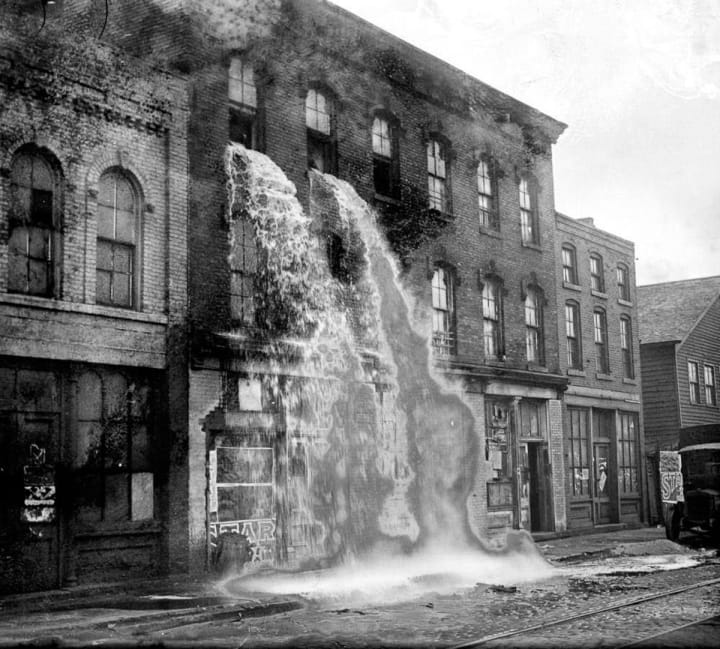
Maine went the longest without alcohol of any states, having had it illegal from 1843 until the end of the national Prohibition Era. Meanwhile, there were also a couple of states that really dragged their feet when it came to making booze legal once again.
North Carolina and a number of other states put off re-legalizing alcohol for several years. Historians noted that it took Mississippi the longest time to repeal it. Americans were in Prohibition mode there until it became legal again in 1966!
FDR was the one who ended the Prohibition Era.
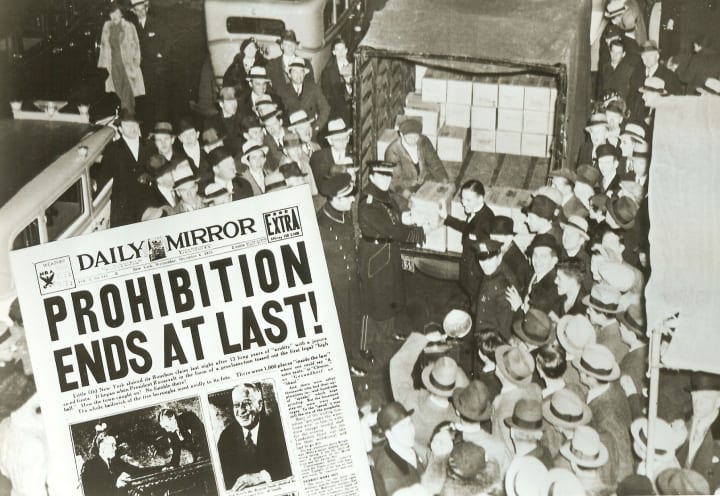
It was actually his most popular campaign promise, and is the reason why he got elected. He actually signed the repeal while declaring "America needs a good drink!"
As a way of saying thank you, patriotic beer brewery Abner Drury had sent the president a couple of bottles of beer with names like "Old Glory." We can raise a glass to that!
About the Creator
Ossiana Tepfenhart
Ossiana Tepfenhart is a writer based out of New Jersey. This is her work account. She loves gifts and tips, so if you like something, tip her!


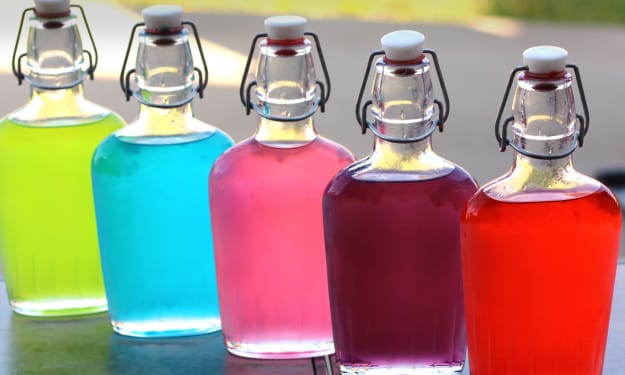



Comments
There are no comments for this story
Be the first to respond and start the conversation.